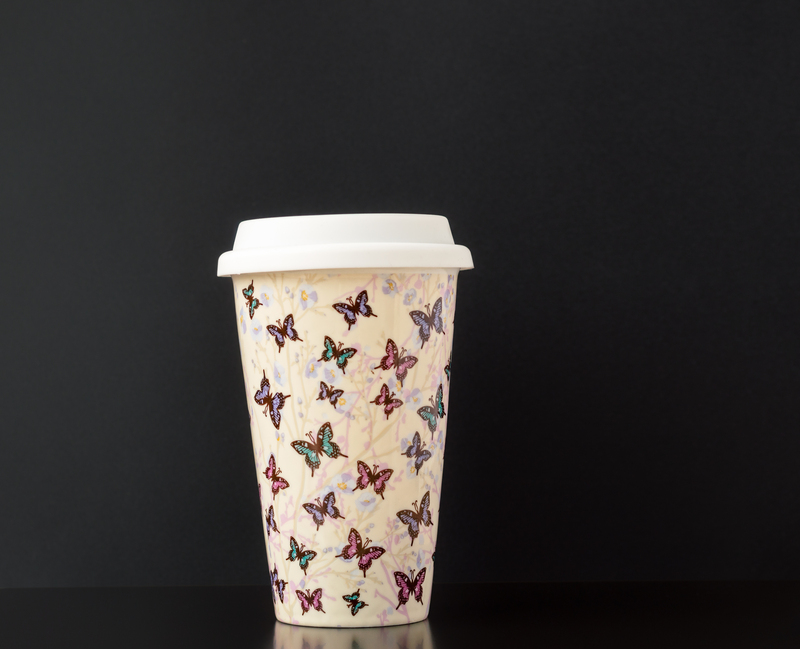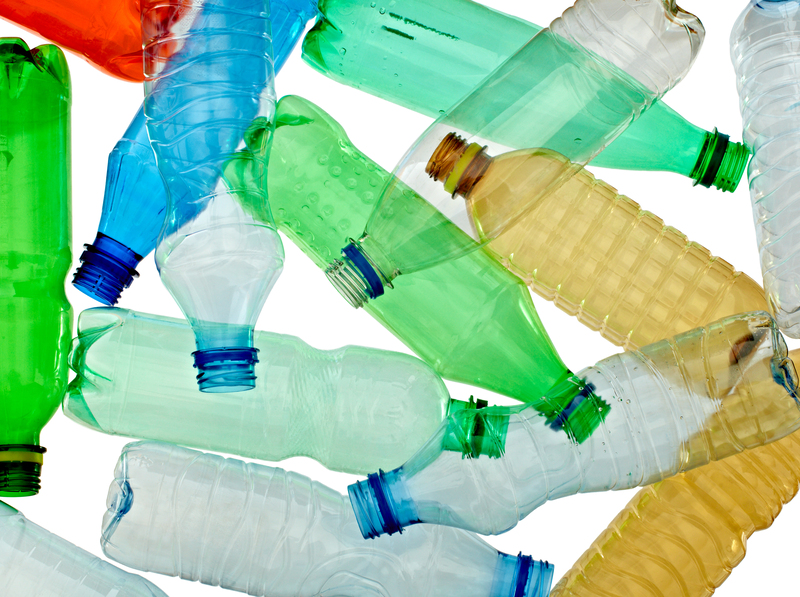Cleaning Up Our World One Packaging and Cardboard Disposal at a Time
Packaging waste and cardboard disposal have become pressing issues in our modern consumer society. From the rise of e-commerce to the rapid turnover of retail inventory, the amount of cardboard and packaging that enters waste streams is staggering. As individuals, communities, and businesses look for ways to create a more sustainable environment, disposal and recycling of packaging and cardboard serve as crucial opportunities for positive change.

Understanding the Impact of Packaging and Cardboard Waste
Why Packaging Waste Matters
Every day, billions of packages are shipped worldwide. Packaging materials--especially cardboard--are a significant component of the waste generated. Shafts of cardboard boxes, plastic wraps, and protective fillers clutter our homes and workplaces. The excessive production and improper disposal of these materials contribute not only to landfill overflow but also to environmental degradation and resource depletion.
- Cardboard accounts for about 31% of all packaging waste produced globally.
- Packaging waste fills landfills at an alarming rate, making up approximately one-third of municipal waste by weight.
- Improper disposal can lead to toxins leaching into the soil and water sources, harming ecosystems and human health.
Reducing, reusing, and properly disposing of packaging and cardboard can have a measurable impact on environmental preservation and sustainability.
The Lifecycle of Cardboard and Packaging Materials
Packaging materials, particularly cardboard, begin their life journey as pulp derived from trees. This process consumes significant amounts of water, energy, and chemicals. Once used, these materials often end up as waste, but--when recycled--the cardboard disposal and recycling process gives them a second life, reducing the need for virgin materials and saving natural resources.
- Producing new cardboard from recycled materials uses 50% less energy than making it from scratch.
- Recycling cardboard helps conserve up to 24% of the water used in its production.
- One ton of recycled cardboard saves over 17 trees and 7,000 gallons of water.
Best Practices for Packaging and Cardboard Disposal
Sorting and Preparing Cardboard for Recycling
To make a real difference, individuals and businesses must follow best practices in packaging and cardboard disposal. Effective recycling starts with proper sorting and preparation:
- Remove non-cardboard materials:
- Take out plastic tapes, wraps, and Styrofoam inserts.
- Ensure no food contamination or greasy residues.
- Flatten boxes:
- Flatten boxes to save space in recycling bins and trucks.
- Keep cardboard dry:
- Wet or damp cardboard can't be recycled effectively and may end up as landfill waste.
- Bundle loose pieces:
- Bundle smaller cardboard pieces together to prevent them from blowing away or becoming litter.
Reducing Packaging at the Source
Minimizing packaging waste begins with our purchasing decisions. By choosing products with less or eco-friendly packaging, we address the problem before it starts.
- Support brands committed to sustainable packaging.
- Choose bulk or refillable products with minimal single-use packaging.
- Bring your own bags, containers, and reusable packaging wherever possible.
Innovative Solutions in Packaging and Cardboard Recycling
Community Recycling Programs
Many cities and municipalities offer curbside recycling programs for cardboard disposal and other packaging materials. These programs make it easier for households and businesses to properly dispose of recyclables. Some communities also organize clean-up events or partner with local recycling centers for specialized collection drives.
- Check your local guidelines for accepted materials and collection dates.
- Participate in neighborhood clean-up initiatives.
- Encourage schools and workplaces to start recycling campaigns.
Commercial and Industrial Initiatives
Large retailers, manufacturers, and warehouses generate vast amounts of cardboard and packaging waste. Many have taken bold steps to limit their environmental footprint:
- On-site balers and compactors break down cardboard packaging for easier collection and transport.
- Sustainable packaging design reduces excess material and incorporates recyclable or compostable components.
- Reverse logistics allow for the return and reuse of packaging in supply chains.
Technology and the Future of Cardboard Disposal
Emerging technology is playing an important role in revolutionizing packaging and cardboard disposal. Innovations include:
- Advanced sorting and recycling machines powered by AI and robotics
- Biodegradable and compostable packaging solutions
- Tracking systems that help businesses monitor and reduce their packaging waste
Benefits of Effective Packaging and Cardboard Disposal
Environmental Impact
- Reduces landfill use: Recycling diverts cardboard and packaging from overflowing dumpsites.
- Conserves resources: Using recycled materials saves trees, water, and energy.
- Cuts greenhouse gas emissions: Manufacturing with recycled cardboard emits fewer pollutants.
Economic and Social Benefits
- Creates jobs: The recycling industry provides employment opportunities at various stages--from collection to processing.
- Lowers disposal costs: Businesses save on waste management by diverting recyclables.
- Raises awareness: Community programs and advocacy educate the public about their environmental role.
How You Can Make a Difference
At Home
- Recycle all clean and dry cardboard and packaging promptly.
- Encourage family members to adopt proper sorting and minimize use of unnecessary packaging.
- Get involved in local recycling programs and clean-up events.
At Work
- Set up accessible recycling bins for cardboard and packaging materials.
- Educate colleagues about the importance of eco-friendly disposal methods.
- Work with suppliers to adopt sustainable packaging solutions.
Every small action adds up! Whether you're flattening a box at home or launching a company-wide initiative, your efforts contribute to a cleaner, greener world.
Addressing Challenges and Myths
Common Misconceptions about Cardboard and Packaging Recycling
- "Wet cardboard can be recycled." This is false; wet or soiled cardboard is usually rejected by recycling facilities.
- "All packaging is recyclable." Many types--such as wax-coated boxes or multi-layered composites--are not easily processed.
- "Recycling is more harmful than disposal." Modern recycling methods are resource-efficient and environmentally friendly.
Overcoming Obstacles in Packaging Waste Management
Eliminating waste and improving packaging material disposal isn't always easy. There are obstacles, such as limited recycling infrastructure, lack of public awareness, and the challenge of packaging contamination. Overcoming these requires a collective effort and ongoing innovation.
- Support legislation and policies that encourage recycling and sustainable packaging.
- Invest in technological improvements for waste management systems.
- Promote education and outreach at all levels of society.

Packaging Trends: A Glimpse Into the Future
The packaging industry is rapidly evolving, guided by the principles of reduce, reuse, and recycle. Key trends shaping the future of cardboard and packaging disposal include:
- Lightweight packaging: Less material used overall with improved performance.
- Recyclable and compostable packaging: Designed for circularity and better end-of-life options.
- Eco-labeling: Helps consumers identify environmentally friendly choices.
As more consumers demand green options, brands are investing in packaging solutions that close the loop, minimize waste, and simplify the disposal and recycling process.
Conclusion: Our Shared Responsibility in Cleaning Up Our World
Cleaning up our world--one packaging and cardboard disposal at a time--relies on individual choices, corporate responsibility, and community cooperation. The journey starts with education, continues with better habits, and grows through collective action. By embracing sustainable packaging practices and committing to proper disposal and recycling, we protect natural resources, conserve energy, and foster a healthier planet.
Let's continue to flatten that box, separate that plastic, and support companies making a difference. The responsibility is ours, and so is the opportunity for lasting change!
Frequently Asked Questions
-
What is the most eco-friendly way to dispose of cardboard?
Clean, dry cardboard should be flattened and placed in the designated recycling bin or taken to a recycling center. Composting is an option if the cardboard is not coated or printed with toxic inks. -
Can packaging with mixed materials (plastic and cardboard) be recycled?
It depends; materials must usually be separated. Check with your local recycling facility for specific guidelines. -
How does recycling cardboard help the environment?
It conserves trees, saves water and energy, reduces greenhouse gas emissions, and keeps waste out of landfills.
Together, let's make packaging and cardboard disposal part of the solution--for today and generations to come!
```
